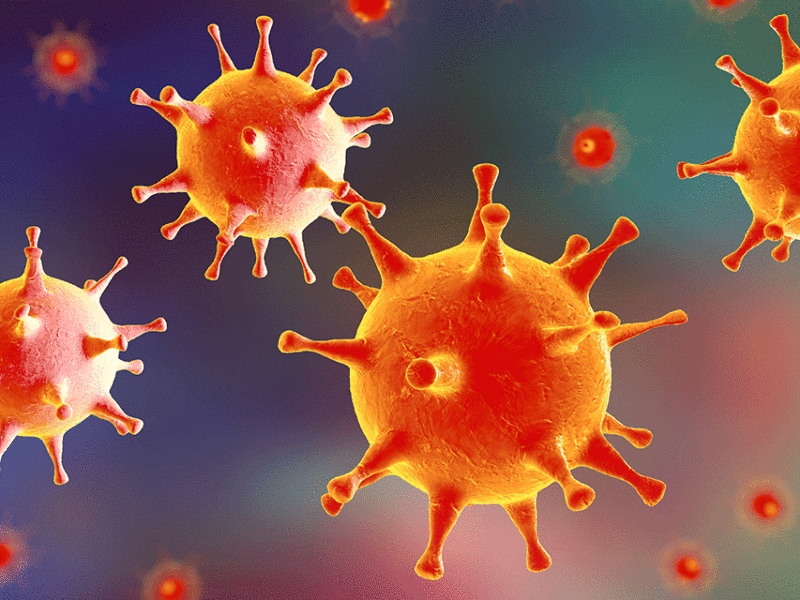Finding a Better Way to Diagnose and Treat Iron Deficiency in Young Women
Finding a Better Way to Diagnose and Treat Iron Deficiency in Young Women https://pediatricsnationwide.org/wp-content/themes/corpus/images/empty/thumbnail.jpg 150 150 Brianne Moore Brianne Moore https://pediatricsnationwide.org/wp-content/uploads/2021/03/Brianne-Moore.jpg- August 30, 2016
- Brianne Moore
Iron deficiency without anemia often goes undiagnosed in young women, and when caught, the standard treatment is often associated with poor compliance due to side effects. Dr. Sarah O’Brien’s research is focused on finding a solution.
Even in developed countries, iron deficiency continues to be a prevalent nutritional disorder. It is common in women, especially in those with heavy menstrual bleeding. Should iron levels deplete severely enough, iron deficiency anemia can develop. While it is cited that between 9 and 11 percent of adolescent girls have an iron deficiency, many young women are not screened for it during primary care visits. Researchers at Nationwide Children’s Hospital recently published two studies related to the identification and treatment of iron deficiency without anemia.
“There is a misconception in the community that iron deficiency is only clinically significant if the patient is anemic. But iron deficiency affects more than the hematologic system,” says Sarah H. O’Brien, MD, principal investigator in the Center for Innovation in Pediatric Practice in The Research Institute at Nationwide Children’s and senior author of both studies. “Iron deficiency without anemia can still cause cognitive and attention difficulties, fatigue and headaches, among other symptoms. Our goal was to increase awareness of iron deficiency without anemia and encourage health care providers to screen regularly for this condition in menstruating young women.”
The CDC recommends annual hemoglobin screening to diagnose iron deficiency, which generally is performed using a point-of-care hemoglobin measurement or a complete blood count (CBC). However, neither of these tests can identify iron deficiency without anemia. The goal of the first study was to assess how many patients with iron deficiency without anemia would not have been detected by the two standard tests.
Dr. O’Brien and her colleagues determined that hemoglobin testing identified patients with iron deficiency 41.4 percent of the time, with CBC faring only slightly better at 46.3 percent. Because of its common but underdiagnosed nature, the team recommends that serum ferritin should be routinely obtained in young women presenting with heavy menstrual bleeding to best detect iron deficiency.
The most common form of treatment for iron deficiency comes in the form of oral iron supplements, but the body absorbs iron poorly in this form and non-adherence to treatment is high due to common gastrointestinal side effects such as constipation, diarrhea, vomiting and nausea. Dr. O’Brien continued her line of research to offer a more direct alternative treatment– intravenous iron infusions.
“This small prospective cohort study centered on iron-deficient adolescent females reporting excessive fatigue according to an objective validated quality-of-life instrument,” says Dr. O’Brien, who is also a physician in the Division of Hematology, Oncology and Blood and Marrow Transplant at Nationwide Children’s. “And after their infusions, even six months after treatment, patients’ ferritin and hemoglobin levels were normal. Their symptoms of fatigue were significantly improved, according to the surveys completed by the patients and their parents.”
Because fatigue is so common in teens and symptoms can be subjective, Dr. O’Brien and her colleagues utilized an objective validated survey tool and fatigue scales in order to measure their primary outcomes. They hope to collaborate with other institutions in order to further study the question of oral vs intravenous iron therapy in adolescents.
“It’s more invasive and more expensive, but intravenous iron might help improve our management of this condition by allowing for faster and more effective treatment that patients will adhere to,” says Dr. O’Brien, who is also an associate professor of Pediatrics at The Ohio State University College of Medicine. “But in the end, it’s not what the menstrual diaries or laboratory values show, it’s quality of life that matters the most to our patients and families.”
References:
- Johnson S, Lang A, Sturm M, O’Brien SH. Iron deficiency without anemia: A common yet under-recognized diagnosis in young women with heavy menstrual bleeding. Journal of Pediatric and Adolescent Gynecology. 2016 Jun 23. [Epub ahead of print]
- Sharma R, Stanek JR, Koch TL, Grooms L, O’Brien SH. Intravenous iron therapy in non-anemic iron-deficient menstruating adolescent females with fatigue. American Journal of Hematology. 2016 Jun 28. [Epub ahead of print]
About the author
Brianne is interning as a science writer and editor for Clinical & Research Communications at Nationwide Children's Hospital. She contributes to a variety of publications, including Pediatrics Nationwide and PediatricsOnline.
- Brianne Moorehttps://pediatricsnationwide.org/author/brianne-moore/
- Brianne Moorehttps://pediatricsnationwide.org/author/brianne-moore/
- Brianne Moorehttps://pediatricsnationwide.org/author/brianne-moore/September 19, 2016
- Brianne Moorehttps://pediatricsnationwide.org/author/brianne-moore/October 18, 2016
- Posted In:
- In Brief







